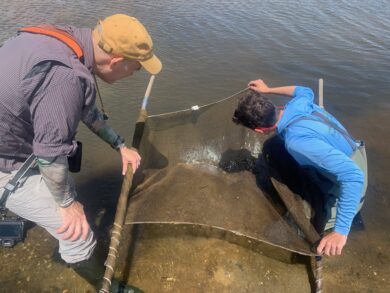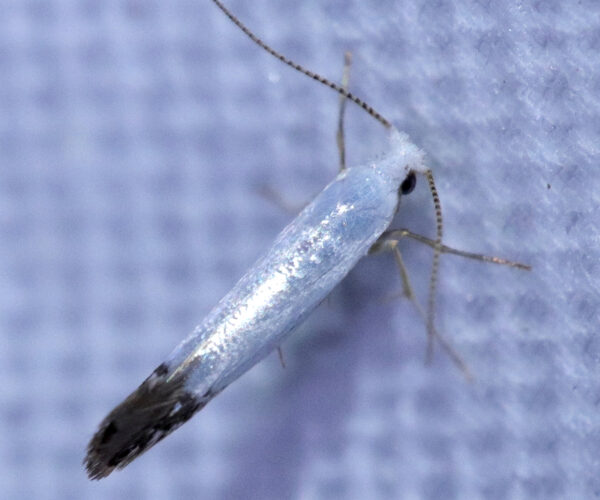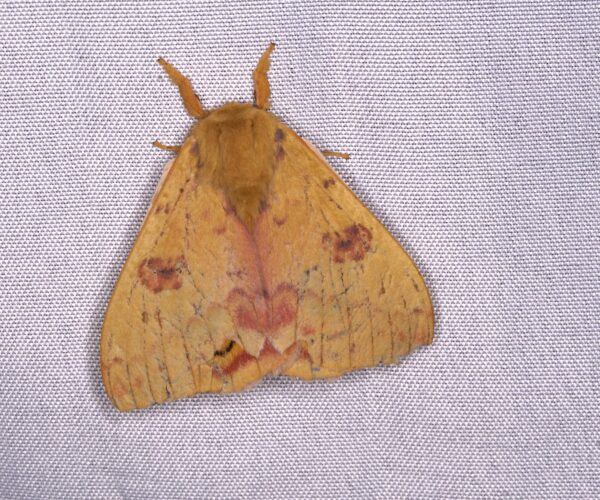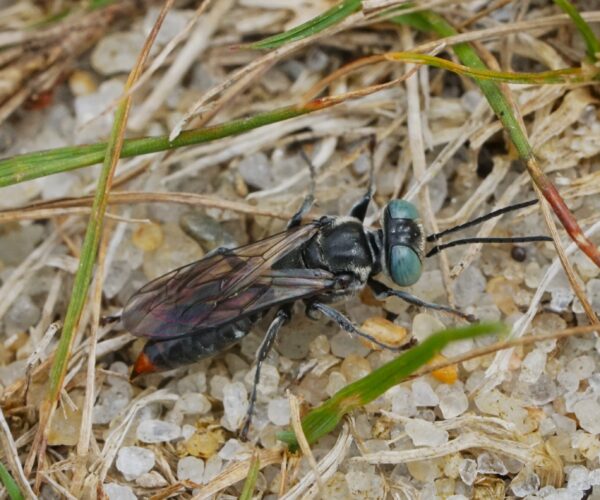Third Annual Long Point Bioblitz Sets Records
In the 24 hours between 5:00 p.m. on Friday, June 28, 2024, and 5:00 p.m. Saturday, June 29, a dedicated team of observers documented as many species as they could at Long Point Wildlife Refuge. Run by BiodiversityWorks and The Trustees, our third bioblitz at this magnificent Trustees property produced 625 iNaturalist observations and documented about 350 species. Results handily surpassed the 470 observations and 311 species compiled in 2022, our most successful previous event at this location.
Part recreation and part science, a bioblitz is a public event, usually constrained to one site and one 24-hour period, that seeks to document as many species as possible. The community science platform iNaturalist is often used, as in this case, for aggregating observations; we also used eBird, as a large and skilled team of birders found a remarkable total of 60 bird species on the property. Sixteen observers contributed data to iNaturalist, and well over 100 iNaturalist users have helped identify what was photographed. In addition to fieldwork all day Saturday, this year’s bioblitz included a “moth night” (with blacklights attracting nocturnal insects to a sheet) and sampling by BiodiversityWorks staff for aquatic species, bats, turtles, and mammals.
This year’s blacklighting event was particularly productive. Thanks to the participation of Molly Jacobson, a pollinator ecologist from the School of Environmental Science and Forestry at the State University of New York/Syracuse, who was visitiing the Vineyard, we were able to set up two moth sheets, each sampling slightly different habitat and using different types of lamps (producing different wavelengths and thereby tending to attract slightly different sets of moths). Observers at the two rigs documented a combined 59 species of moths. Included were some first Vineyard iNaturalist records, such as Zimmermannia obrutella and Phyllonorycter basistrigella. Perhaps the most important moth find was Argyresthia apicimaculella, apparently the first record for this oak-associated species for all of Massachusetts since 1942!
Highlights of this year’s bioblitz also included the first Vineyard iNat observation of a wasp in the Tachysphex terminatus species complex; observations of the rarely reported specialist bees Melitta melittoides, Andrena kalmiae, and Colletes productus; and the first Vineyard iNat observation of the scarab beetle genus Aphonus. You can explore results from the 2024 bioblitz at the event’s iNaturalist project; another iNat project pulls together the results from the 2022, 2023, and 2024 events.
Results will continue to evolve as more observations are submitted and as identifications continue to improve. Thanks to The Trustees for hosting us, and to all the event participants and iNaturalist identifiers. Our next bioblitz is scheduled for July 19-20 in Manuel F. Correllus State Forest; for more information or to sign up for that event, visit the “Events” section of this website.
Taken together, the three events we’ve run at Long Point have produced more than 1,500 observations, with each observation a data point documenting a particular species at a particular time and place. The three events have also tallied 529 species, meaning that while many species turned up in all three events, each bioblitz also captured some unique species missed on the other events. Between the rare species and the sheer diversity documented, these events have amply demonstrated the ecological importance of Long Point; we hope to build on our success with another bioblitz there in June 2025!

Jameson Brenner adds a new friend to the bioblitz tally
Matt Pelikan is the director of the Martha’s Vineyard Atlas of Life project at BiodiversityWorks. He has coordinated or participated in many biological surveys, checklist projects, and “community science” events since moving to Oak Bluffs in 1997.





